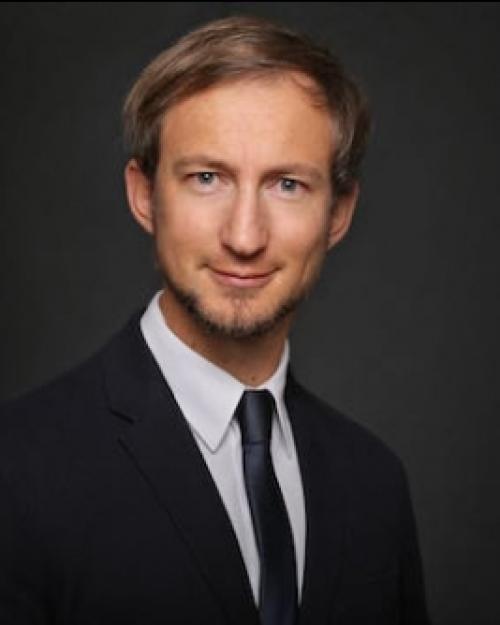
Introduction to Track-to-Track Fusion and the Distributed Kalman Filter
Presentation Menu
The increasing trend towards connected sensors (“internet of things” and “ubiquitous computing”) derive a demand for powerful distributed estimation methodologies. In tracking applications, the “Distributed Kalman Filter” (DKF) provides an optimal solution under certain conditions. The optimal solution in terms of the estimation accuracy is also achieved by a centralized fusion algorithm which receives either all associated measurements or so-called “tracklets”. However, this scheme needs the result of each update step for the optimal solution whereas the DKF works at arbitrary communication rates since the calculation is completely distributed. Two more recent methodologies are based on the “Accumulated State Densities” (ASD) which augment the states from multiple time instants. In practical applications, tracklet fusion based on the equivalent measurement often achieves reliable results even if full communication is not available. The limitations and robustness of the tracklet fusion will be discussed.
At first, the Distinguished Lecture will explain the origin of the challenges in distributed tracking. Then, possible solutions to them are derived and illuminated. In particular, algorithms will be provided for each presented solution.
The list of topics includes: Short introduction to target tracking, Tracklet Fusion, Exact Fusion with cross-covariances, Naive Fusion, Federated Fusion, Decentralized Fusion (Consensus Kalman Filter), Distributed Kalman Filter (DKF), Debiasing for the DKF, Distributed ASD Fusion, Augmented State Tracklet Fusion.
Objective and Learning Outcomes
The objective is to provide theoretical insights by going through the derivation of the most important algorithms for track-to-track fusion (T2TF) such that the participant is able to understand the means, the conditions and possible pit falls. A well suited solution for T2TF depends on many parameters such as transmission bandwidth, update rates or the possibility to modify local tracks. The interested participant should be able to choose wisely when he or she is aware of the advantages and disadvantages of multiple algorithms.
Intended Audience
The intended audience is a mixture of engineers, PhD students, post-docs and academics with some basic background in target tracking.
Outline and time frame of the Short Course
The short course is offered in an half-day and full-day option.
The outline contains some basic theoretical background on challenges in track-to-track fusion and then provides the derivation of the most important algorithms to solve it. This includes centralized fusion, naive fusion, covariance intersection, inverse covariance intersection, Distributed Kalman filter, Federated Kalman Filter, and Distributed ASD Filter
Instructor Short Course History
Felix Govaers received his Diploma in Mathematics and his Ph.D. with the title “Advanced data fusion in distributed sensor applications” in Computer Science, both at the University of Bonn, Germany. Since 2009 he works at Fraunhofer FKIE in the department for Sensor Data Fusion and Information Processing where he was leading the research group “Distributed Systems” from 2014 to 2017. Currently he is the deputy head of the department. The research of Felix Govaers is focused on data fusion for state estimation in non-linear scenarios and in sensor networks. This includes track- extraction, processing of delayed measurements as well as the Distributed Kalman filter and track-to-track fusion. Current research projects are in tensor decomposition based approaches to multi target tracking. He is also interested in advances in state estimation such as particle flow and homotopy filters and the random finite set theory approaches. Felix Govaers is an active member of the ISIF community since 2008, he has been organizing the ISIF co–sponsored SDF Workshop in Germany for many years as the Technical Program Chair. He is an active member of the ISIF Board of Directors since 2017. Since 2014 he also serves as an Associate Editor for the IEEE Transactions on Aerospace and Electronic Systems journal.
